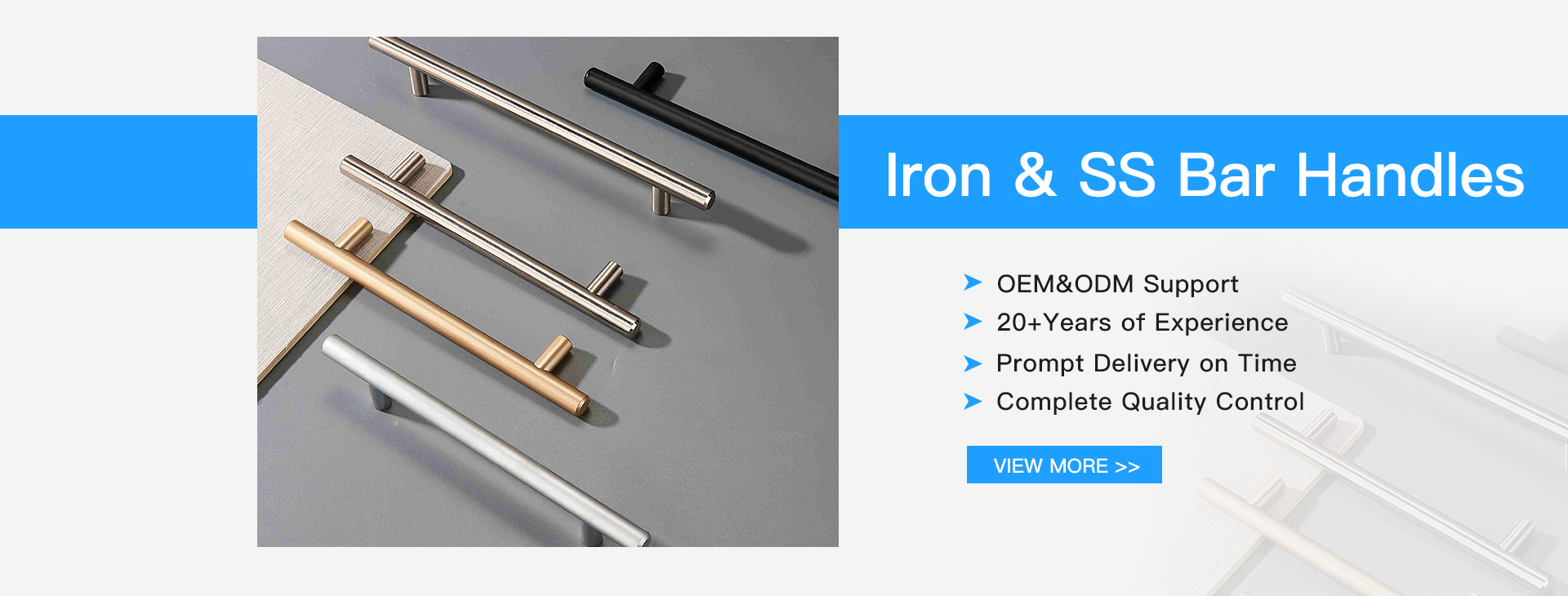Process and Methods of Disassembling the Motor (2)
Source: China Bearing Network | Time: 2014-05-07
Disassembling and reassembling a motor involves several key steps, especially when working with its main components. Here's a detailed guide to help you understand the process more clearly. **(1) Disassembly and Assembly of the Pulley or Coupling** Before disassembling, mark the position between the pulley or coupling and the shaft. Remove the fixing screws and pins, then use a puller to gradually extract it. If it doesn't come off easily, apply some oil into the inner hole to help loosen it. If still stuck, quickly heat the area around the pulley or coupling using a flame, while wrapping the shaft in a damp cloth and continuously pouring cold water over it to prevent heat from affecting the motor. When reinstalling, lubricate the shaft hole with a fine abrasive cloth, align the pulley or coupling with the keyway on the shaft, and gently tap the key into place using a wooden or iron block. Ensure the key fits snugly without being too tight or too loose, as this can cause slippage or damage to the keyway. **(2) Disassembly and Assembly of the Bearing Cover** Removing the bearing cover is straightforward—just unscrew the fixing screws. Be careful not to mix up the front and rear covers, as incorrect installation can lead to issues. To install, slide the outer cover over the shaft, insert the screws, hold the shaft steady, and align the screw holes before tightening them securely. Repeat for the remaining screws to ensure even pressure and stability. **(3) Disassembly and Assembly of the End Cap** Mark the joint between the end cap and the base before removing it. Loosen the screws that secure the end cap and carefully lower it using a screwdriver. Both the front and rear end caps should be marked to avoid confusion during reinstallation. When putting it back, align the marks and tighten the screws symmetrically in stages to prevent warping or damage. After installation, check the rotor’s movement to ensure smooth operation. **(4) Disassembly and Assembly of the Rotor** Once the end caps are removed, the rotor can be extracted. For small motors, grip the rotor with one hand and slowly pull it out while supporting it with the other. For larger motors, two people should lift the rotor carefully to avoid damaging the stator windings. When reinstalling, follow the reverse process and ensure the rotor is properly aligned within the stator cavity. **(5) Disassembly and Assembly of Rolling Bearings** The method for removing rolling bearings is similar to that of pulleys. A puller is ideal, but if unavailable, you can use two clamps to hold the shaft and lift the rotor. Place a block or copper piece on top of the shaft and tap it gently with a hammer to remove the bearing. Always prioritize safety during this process. When installing, use a flat iron pipe slightly larger than the shaft diameter to press the bearing onto the shaft. Tap the block with a hammer until the bearing is seated properly. Ensure the bearing is neither too tight nor too loose, as improper fit can cause vibration or failure. The outer ring of the bearing should also not be overly tight against the housing. Pay close attention to the correct orientation of the bearing cover and end cap, and ensure all screws are tightened evenly to avoid misalignment or damage to the rotor. **Related Bearing Knowledge** - Causes of bearing damage and general maintenance tips - Proper packaging and handling of bearings - Common issues like overheating in turbine bearings - Installation process of INA needle roller bearings - Characteristics of spiral spring bearings This article was originally published on China Bearing Network. For more information, visit [http://www.chinabearing.net](http://www.chinabearing.net). Previous: Repair methods for roller bearings – reasons for surface wear and solutions

Iron & Ss Bar Handles,Kitchen Cabinet Drawer Handle,Wooden Furniture Handles,Stainless Steel Kitchen Handle
ONLEE HARDWARE CO.,LTD , https://www.onleehardware.com
